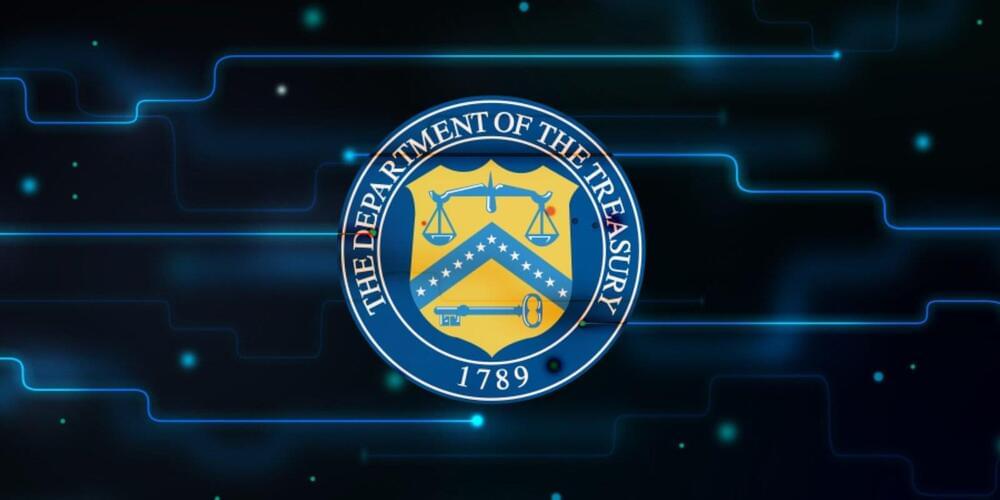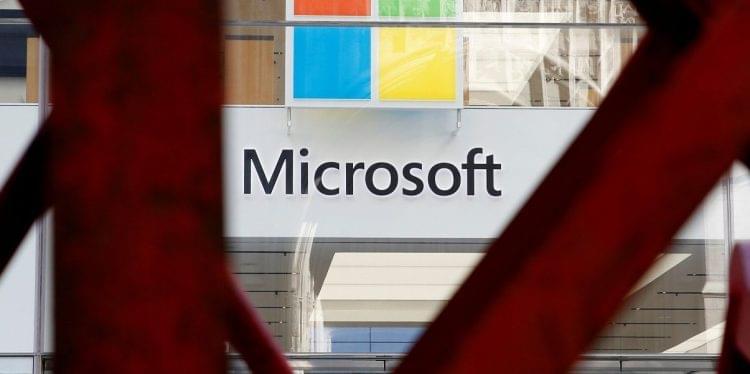Oct 16, 2021
How to Talk to a Science Denier — with Lee McIntyre
Posted by Chris J. Kent in categories: biotech/medical, climatology, education, ethics, finance, policy, science, sustainability
Many people reject scientific expertise and prefer ideology to facts. Lee McIntyre argues that anyone can and should fight back against science deniers.
Watch the Q&A: https://youtu.be/2jTiXCLzMv4
Lee’s book “How to Talk to a Science Denier” is out now: https://geni.us/leemcintyre.
“Climate change is a hoax—and so is coronavirus.” “Vaccines are bad for you.” Many people may believe such statements, but how can scientists and informed citizens convince these ‘science deniers’ that their beliefs are mistaken?
Continue reading “How to Talk to a Science Denier — with Lee McIntyre” »
















